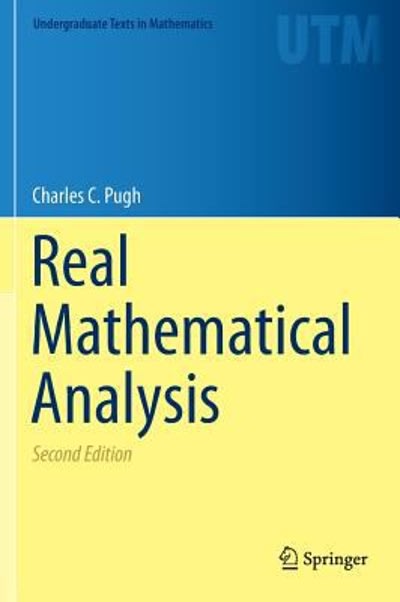
send me the answer
14% of all Americans suffer from sleep apnea. A researcher suspects that a different percentage of those who live in the inner city have sleep apnea. Of the 396 people from the inner city surveyed, 63 of them suffered from sleep apnea. What can be concluded at the level of significance of a = 0.10? a. For this study, we should use |Select an answer b. The null and alternative hypotheses would be: Ho: ? v Select an answer v (please enter a decimal) H1: ? v Select an answer v (Please enter a decimal) c. The test statistic ? v = (please show your answer to 3 decimal places.) d. The p-value = (Please show your answer to 4 decimal places.) e. The p-value is ? ~ a f. Based on this, we should Select an answer v the null hypothesis. g. Thus, the final conclusion is that ... The data suggest the population proportion is not significantly different from 14% at a = 0.10, so there is sufficient evidence to conclude that the population proportion of inner city residents who have sleep apnea is equal to 14%. The data suggest the populaton proportion is significantly different from 14% at Q = 0.10, so there is sufficient evidence to conclude that the population proportion of inner city residents who have sleep apnea is different from 14% The data suggest the population proportion is not significantly different from 14% at Q = 0.10, so there is not sufficient evidence to conclude that the population proportion of inner city residents who have sleep apnea is different from 149. h. Interpret the p-value in the context of the study. If the population proportion of inner city residents who have sleep apnea is 14% and if another 396 inner city residents are surveyed then there would be a 27.36%% chance that either more than 16% of the 396 inner city residents have sleep apnea or fewer than 12s of the 396 inner city residents have sleep apnea. If the sample proportion of inner city residents who have sleep apnea is 16 and if another 396 inner city residents are surveyed then there would be a 27.36% chance that we would conclude either fewer than 14%% of all inner city residents have sleep apnea or more than 14% of all inner








